Anal Fissure: A Tear in the Anus
Anal fissure is a tear in the thin tissue that lines the anus or the anal canal (the opening through which stool passes out of the body). This tear can be quite uncomfortable, causing pain and sometimes bleeding during bowel movements. Despite the discomfort, anal fissures are actually very common and can affect people of all ages.
Causes and Symptoms
The main culprit behind anal fissures is constipation. Straining during bowel movements due to hard stools can put pressure on the anus, leading to a tear. Other potential causes include diarrhoea, childbirth, anal intercourse, inflammatory bowel disease and sexually transmitted infections.
If you have an anal fissure, you might experience some of the following symptoms:
- Sharp pain during or after bowel movements
- Cramping around the anus
- Bright red blood on your stool or toilet paper
- Itchiness around the anus
- A visible tear in the skin around the anus
- A small skin tag or lump near the fissure
Treatment and Prevention
The good news is that most anal fissures heal on their own within a few weeks with some simple home care. Here are some tips:
- Increase your fibre intake: Fibre helps soften stool and makes it easier to pass, reducing straining. Aim for 25-35 grams of fiber daily through fruits, vegetables, and whole grains.
- Stay hydrated: Drink plenty of fluids throughout the day to keep your stool soft.
- Sitz baths: Soak in a warm sitz bath for 10-15 minutes, several times a day. This relaxes the anal sphincter and promotes healing.
- Stool bulking agents: Metamucil/psyllium husk
- Stool softeners: Movicol or lactulose
Topical medications
- Calcium channel blockers (e.g. 0.2% Nifedipine or 2% Diltiazem) or
- Nitroglycerin (GTN cream)
These topical medications help relax the anal sphincter muscle and help the fissure to heal.
Surgical options
- Botox injection – Botox (50-100 units) is injected in 2-3 sites in the anal canal to reduce the spasm of the anal sphincter. This aims to improve blood flow to the fissure and promote healing.
- Fissurectomy – Involves excision of the chronic fibrotic tissue of the fissure base and edges. It is usually performed in conjunction with another procedure, providing reasonable healing with low recurrence rate.
- Lateral internal sphincterotomy – Internal sphincter is divided up to the apex (top part) of the anal fissure. This is done under general anaesthetic, as a day procedure. The risk of incontinence in the general population is 2%.
- Anal advancement flap – Is used for treatment of chronic anal fissure. A flap of anal margin distal to the fissure, with preservation of the internal sphincter, is raised to facilitate closure of the internal sphincter. The risk of incontinence is very low.

